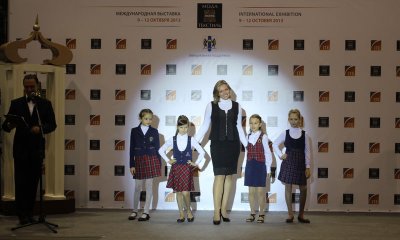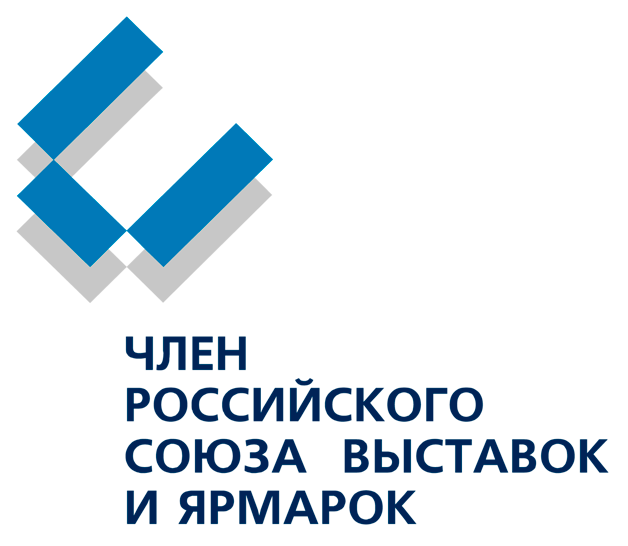What Hinders the Introduction of School Uniform

Problems of introducing school uniform were discussed by experts, government officials, directors of clothing manufacturing companies, parents of schoolchildren, and school principals.
According to the Federal Law ‘On Education in the Russian Federation’, setting requirements for clothing of students is within the competence of educational institutions. Thus, each school in Russia is able to introduce its own school uniform.
Even though the idea of necessary school uniform introduction is no longer disputed by parents or teachers (school uniform helps eliminate the signs of social inequality, contributes to defining the image of educational organizations, forms the concept of business style in children’s minds etc.), and students at many educational institutions had already worn a uniform before the relevant law was adopted, there are still quite a few problems related to bringing this idea to life.
First of all, these problems are connected with the ability of Russian manufacturers to satisfy demand for school uniforms. About 13 million children study in schools of our country. This means that a minimum of 13 uniform sets that usually consist of several garments must be sewn. Taking into account the fact that children of school age grow very fast, all orders for school uniform will be submitted at the same time of year – one or two months before the school term starts.
Clothing manufacturers assure that they would be ready for such high demand only if they knew about the plans to sew school uniforms and had enough time to order necessary fabrics and accessories. But since there is no unified ordering organization, educational institutions independently (together with their students’ parents) determine the style, color, and composition of their school uniforms.
Executive Director of the National School Clothing Manufacturer Union Aleksandra Aldushina proposed introducing such a term as ‘school uniform’ into the Education Law and setting strict requirements for this type of clothing.
This proposal was supported by representatives of the Federal Service for Supervision of Consumer Rights Protection and Human Welfare (Rospotrebnadzor) since strict requirements for school uniform manufacturing process will allow preventing the use of low-quality materials that may negatively affect health as well as emotional and psychological state of students.
According to the Novosibirsk Region Deputy Minister of Education, Science, and Innovation Policy Dmitriy Metyolkin the Project of the Russian Federation Government Decree that sets standards to be used by educational institutions when developing design of school uniform has already been prepared. Three types of uniform have been defined: casual, ceremonial, and sportswear. School clothing must suit weather conditions, indoor temperature, the classrooms or outdoor facilities where lessons are held etc., and have no elements that may cause injury.
Another essential issue touched upon during the discussion concerns the problems arising from selecting a uniform for students of non-standard stature. There are currently many children who suffer from obesity. The size of their clothes does not meet the requirements of GOST. These kids need individual approach, which cannot be attained if the uniform is made by a large manufacturer.
However, manufacturers are ready to reach a compromise. General Director of OJSC ‘Berdchanka’ Vladimir Stepanov said that the introduction of school uniform is the best stimulus for the development of consumer industry in Russia, this process should ‘warm up’ the market, boost the development of enterprises, and help create new jobs.
The Novosibirsk Region Deputy Minister of Industry, Trade and Entrepreneurship Development Larisa Yarkova noted that the resolution containing relevant proposals based on the discussion results would be drawn up and sent to the Russian Federation Ministry of Education, the Ministry of Industry and Trade as well as the RF State Duma Education Committee, the session of which is planned for the nearest future.
Back















